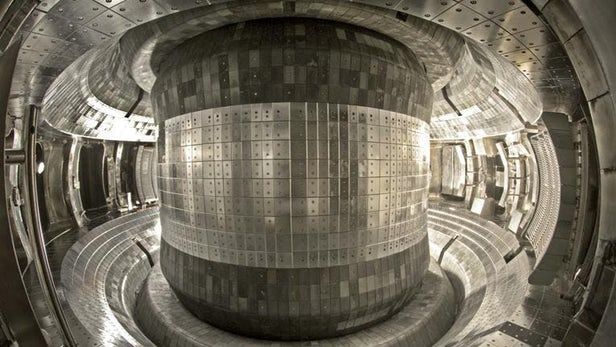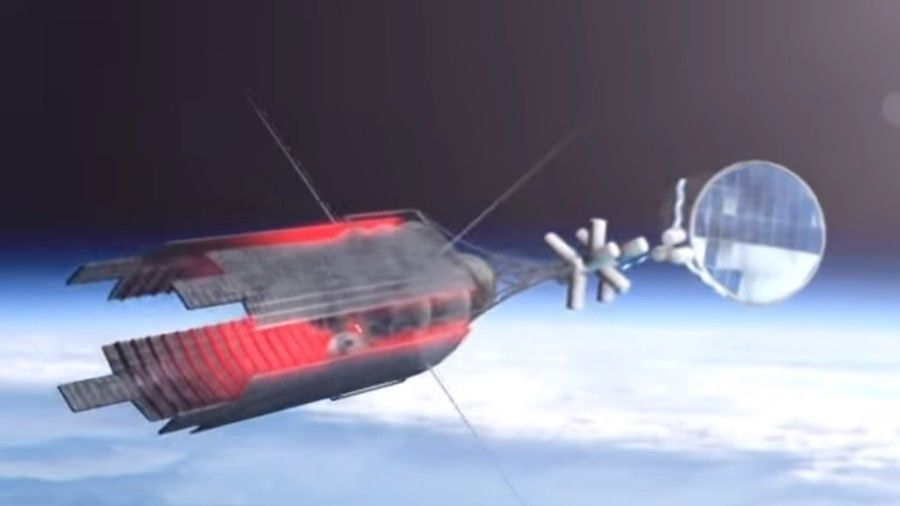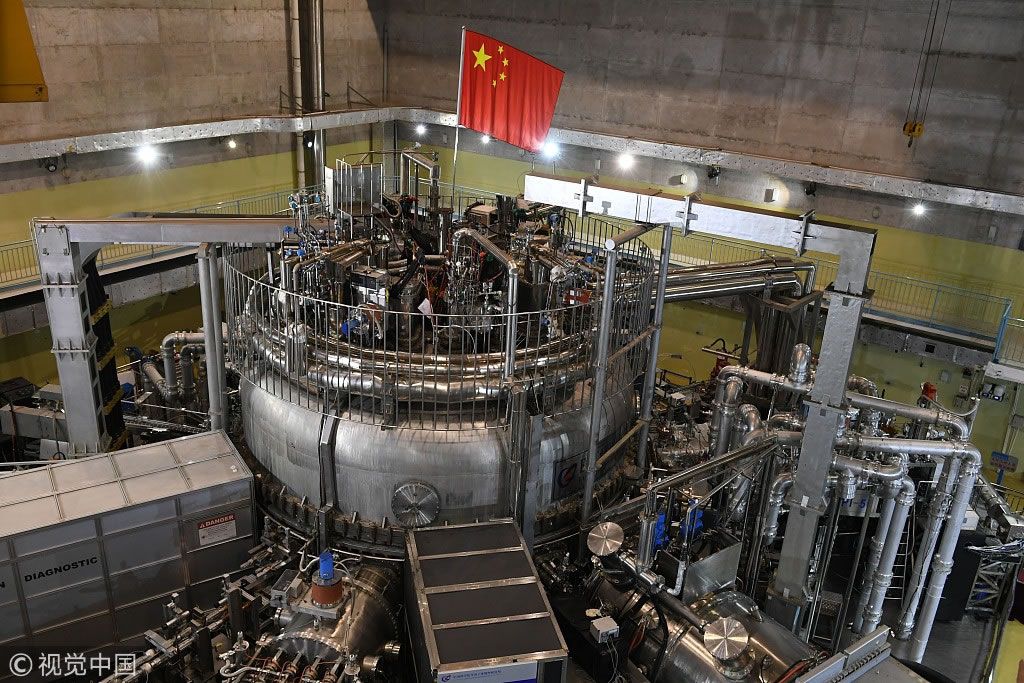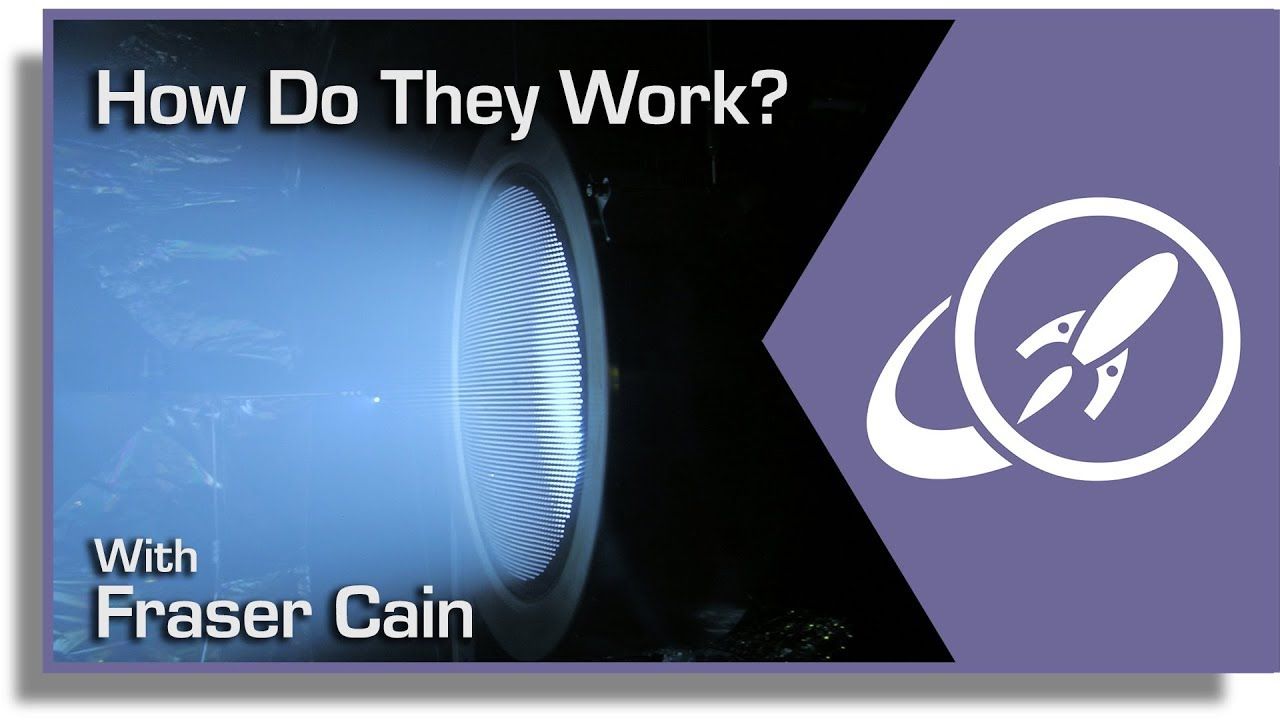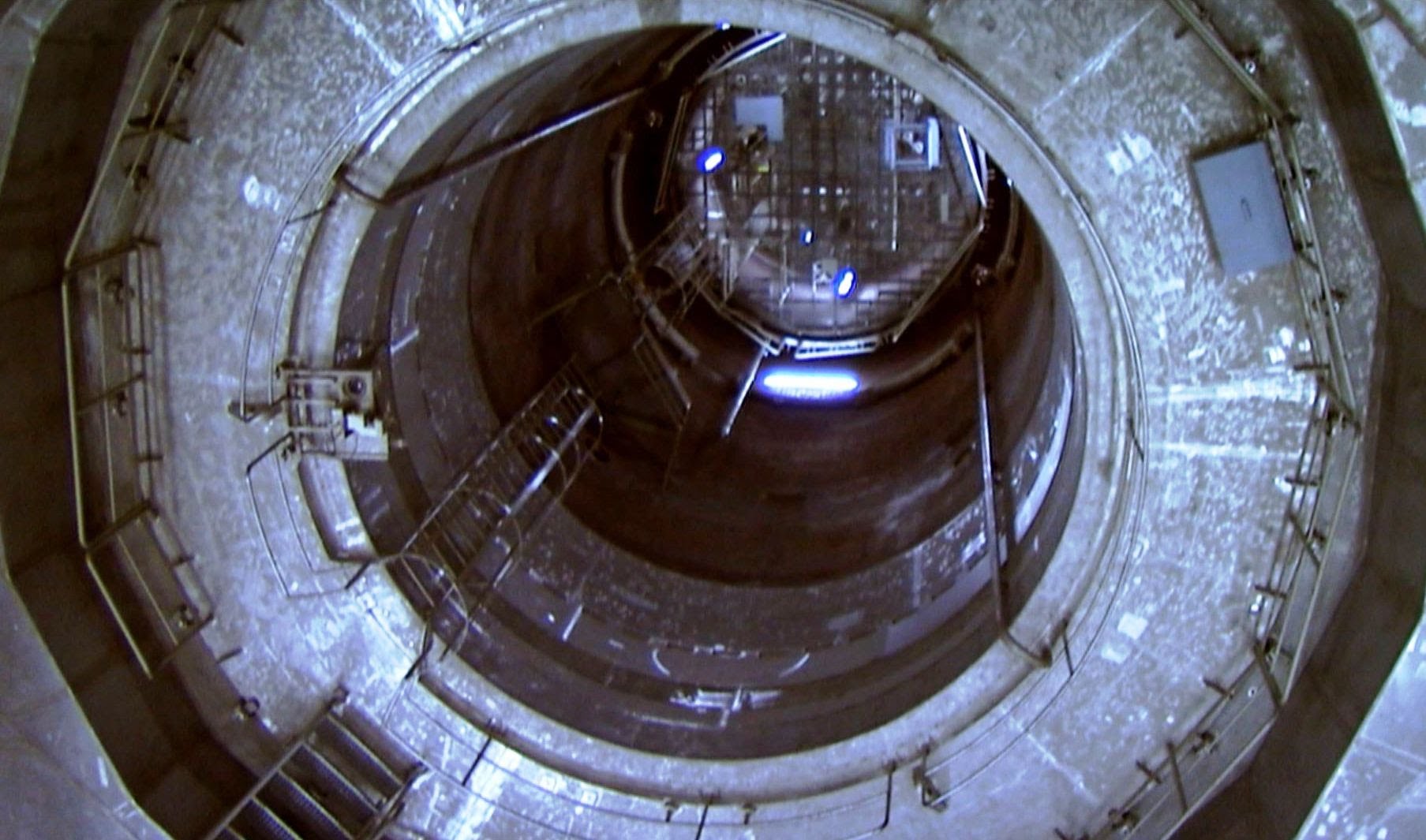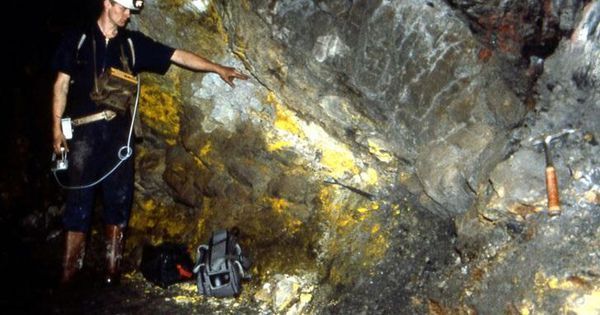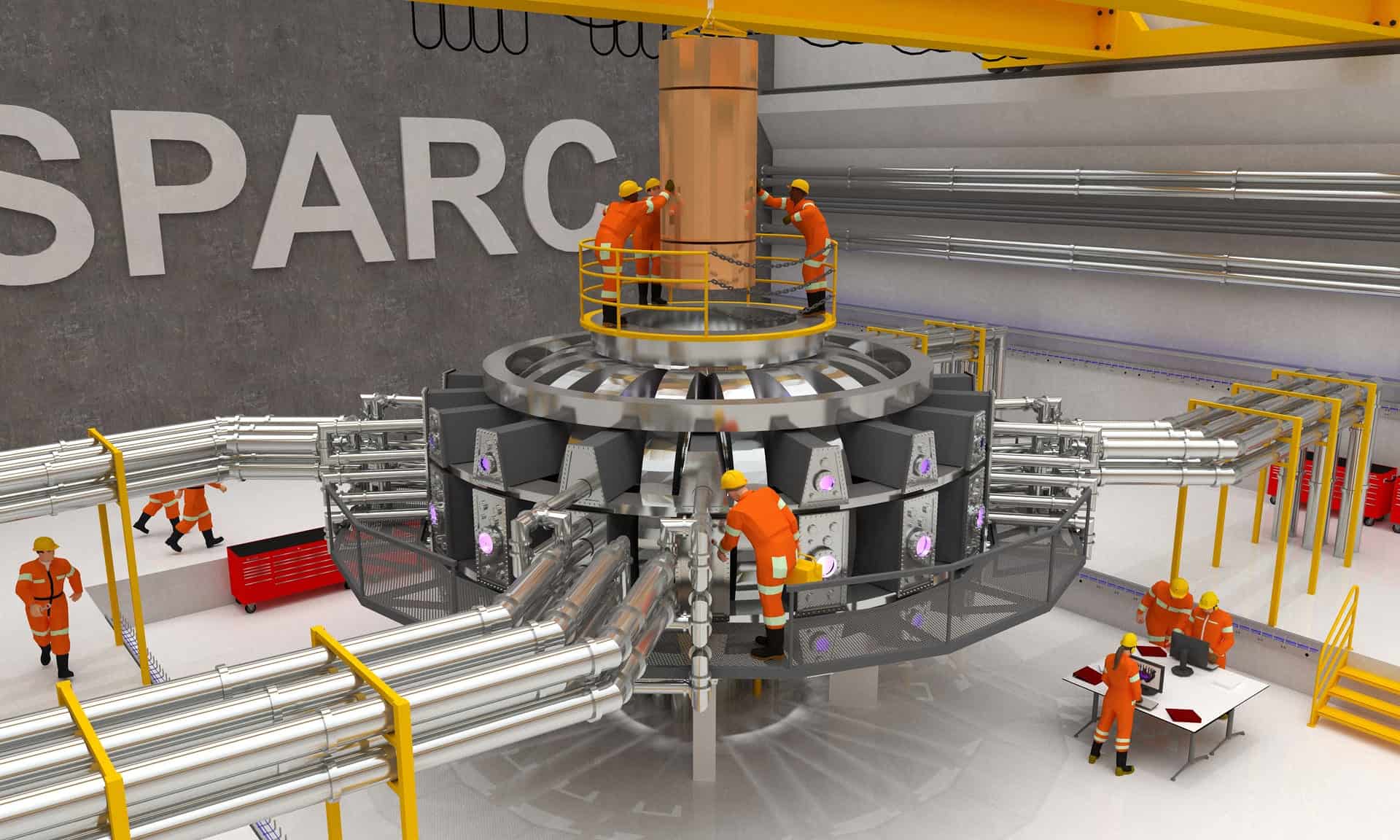Tokamaks like EAST could help us do just that. They’re devices that use magnetic fields to control plasma in a way that could support stable nuclear fusion, and it’s this plasma that EAST heated to such an incredible temperature.
Going Nuclear
Not only is EAST’s new plasma temperature milestone remarkable because, wow, it’s really hot, it’s also the minimum temperature scientists believe is needed to produce a self-sustaining nuclear fusion reaction on Earth.

